Portuguese architecture has a long history of pragmatism, engineering sensible solutions for public spaces. The Baixa district in downtown Lisbon was designed in the 18th century to place all of the public squares in proximity to the town hall, arranged to meet modern needs of efficiency and order. These were spaces of transportation or commerce, representing the ideology of the state and its interests. Restaurants and roads dominate public space in most major Portuguese cities.
But modern architects and artists are beginning to take these rules and turn them on their head. The firm FAHR 021.3 leads the way, questioning old assumptions about how we use space. Public space is now an opportunity to provoke interaction. The relationship between person and structure blurs as the viewer walks around the structure and becomes part of the experience. Space is no longer defined on purely pragmatic terms. It extends its reach to promote ideas of community, sustainability and collective history.
Activating space in this way is not new. Many architects use urban interventions to stimulate interaction and contemplation. However, Portuguese architects and artists are incorporating a new provocative sense of play, urging a sense of wonder that we rarely get in public spaces.

© LIKEarchitects
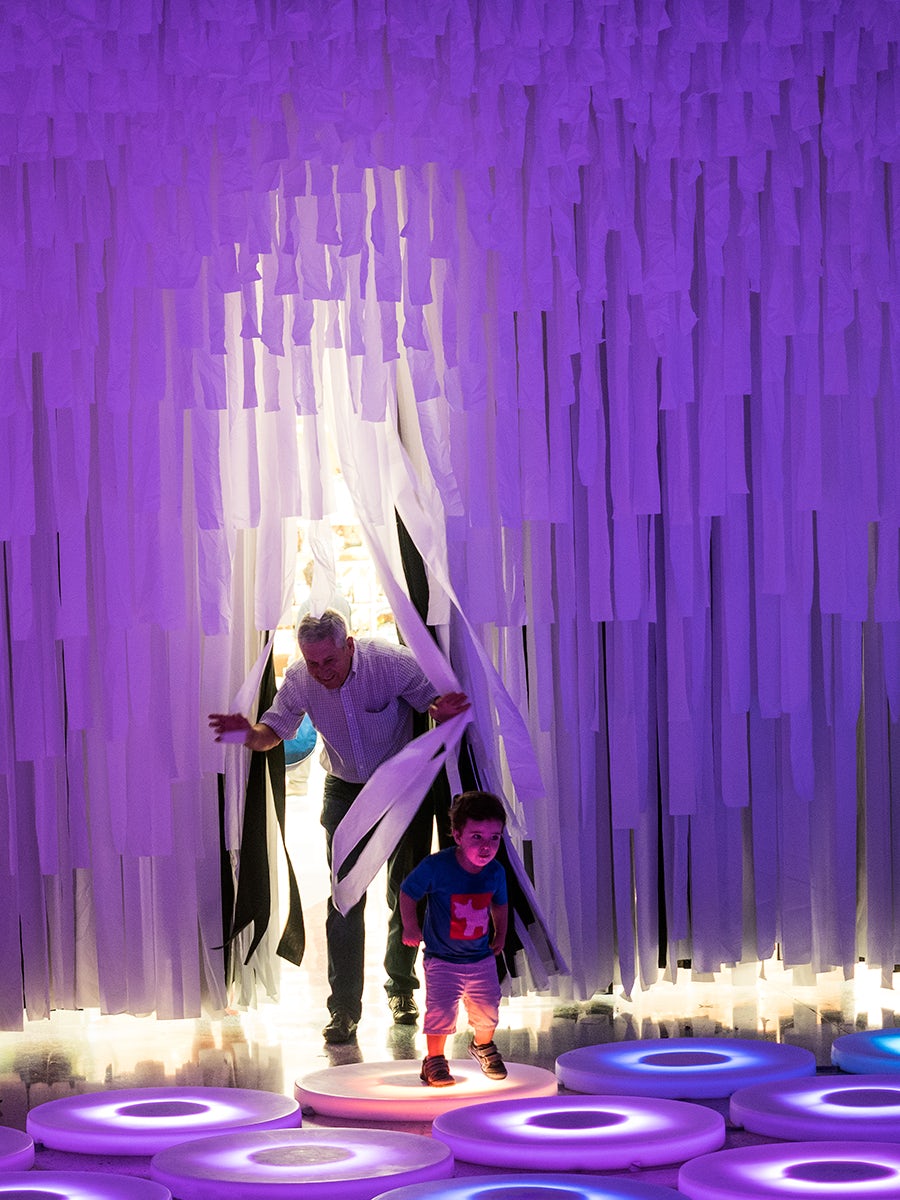
© LIKEarchitects

© LIKEarchitects
wonderWALLby LIKEarchitects, Lisbon, Portugal
Suspended from the skylight of a shopping plaza in Lisbon, wonderWALL is an exhibition space for The Pool by Jen Lewin. The structure consists of over 20,000 strips of black and white fabric that forgo a traditional entryway, instead creating a permeable membrane between the two spaces.
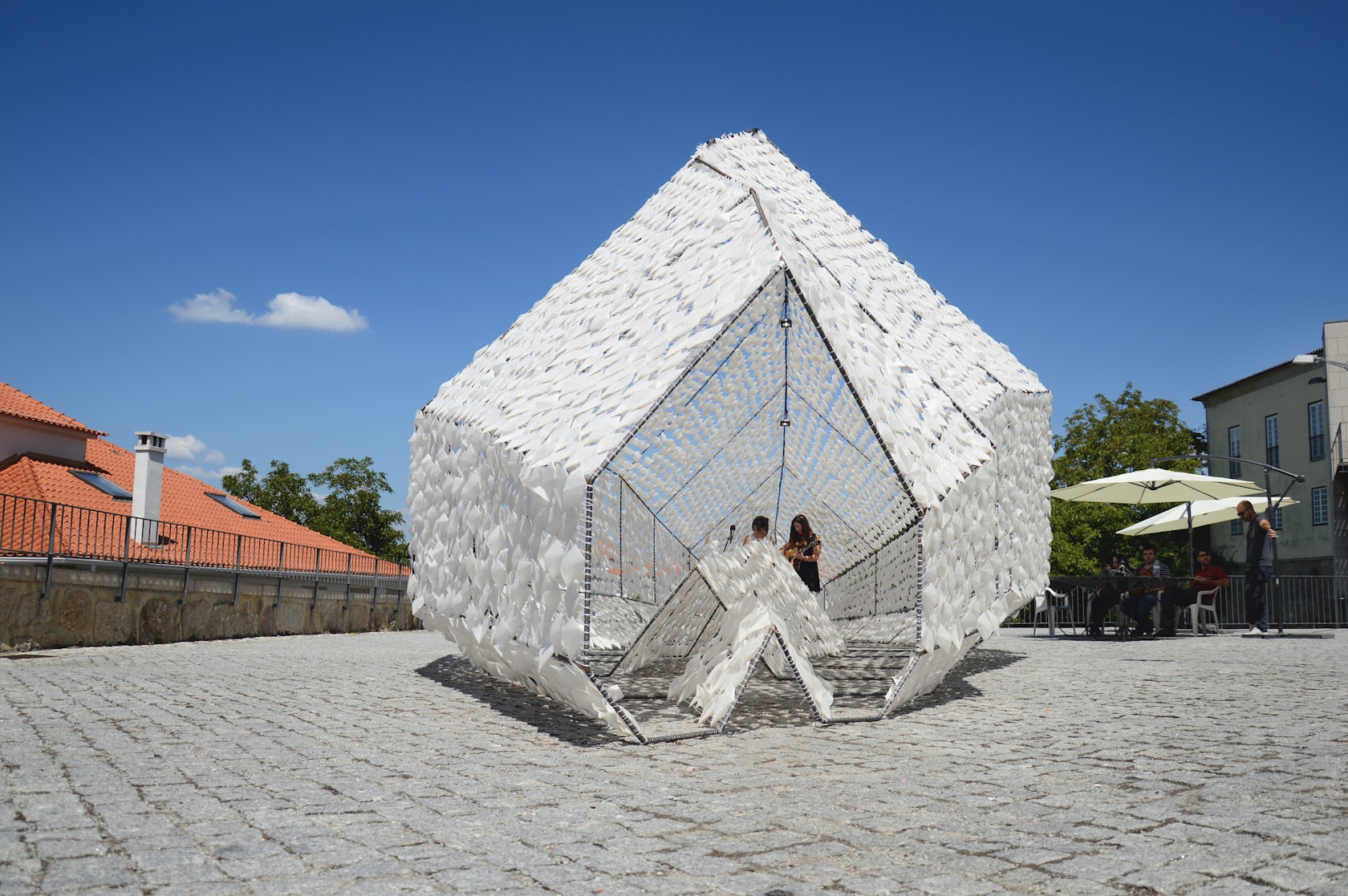
© atelier do rossio architecture

© atelier do rossio architecture
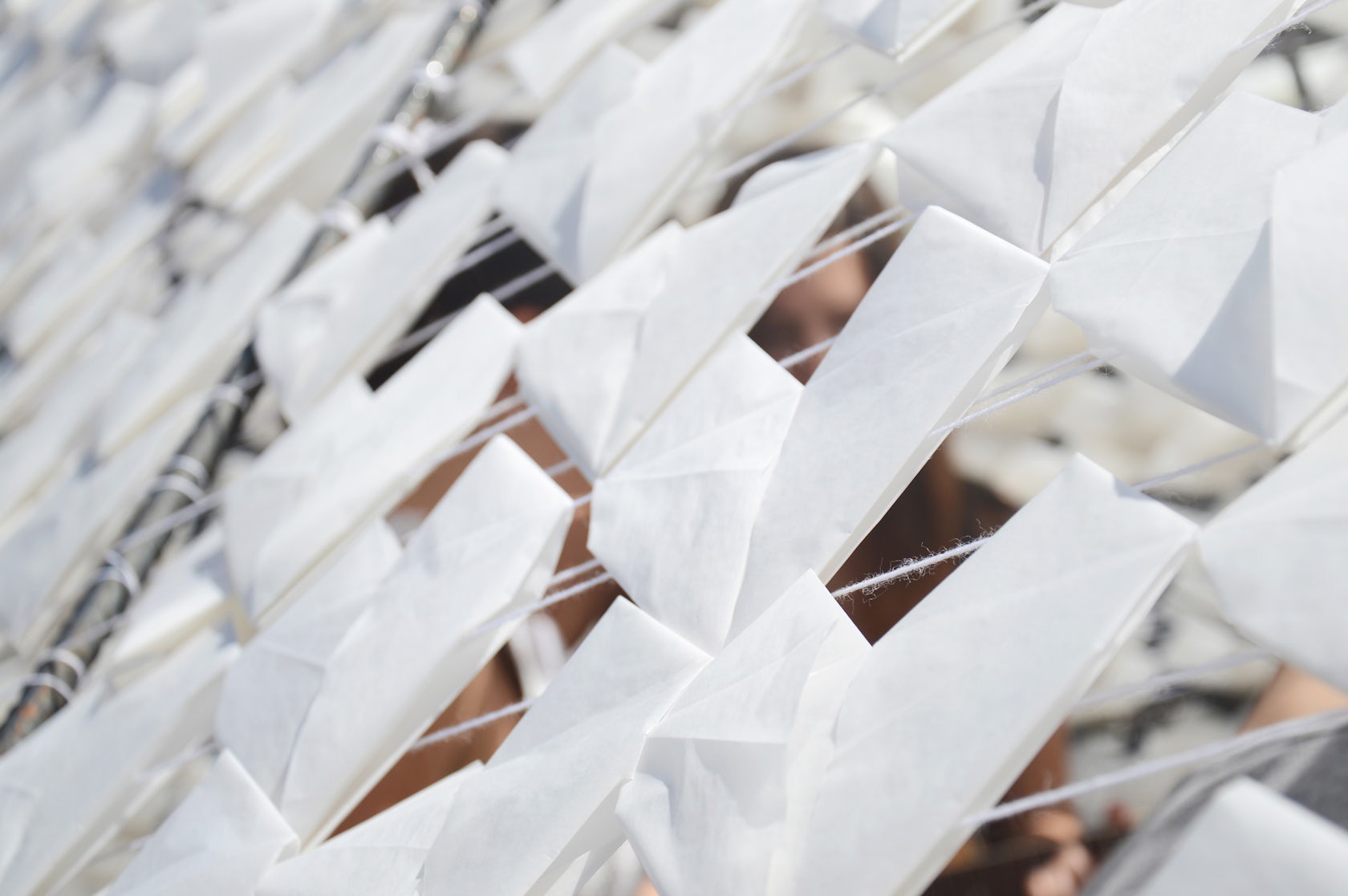
© atelier do rossio architecture
COCOON by atelier do rossio architecture, Viseu, Portugal
COCOON was built as a shelter for metamorphosis. Much like the butterfly’s cocoon, this structure’s fibrous exterior surrounds the visitor and forms a protected space. atelier do rossio architecture and volunteers patiently folded each of the pieces of origami and wired them together to form the body of the structure.

© José Caldeira

© FAHR 021.3
Estrutura de S. João by FAHR 021.3, Guimaraes, Portugal
Cultivating an almost other-worldly feel, the Estrutura de S. João models an expanded understanding of interaction. Drawing from the vocabulary of local party decorations, FAHR 021.3 reinterprets these forms and proposes a new typology of public gathering that is reflective, undulating and ethereal, meditating on the old while discovering the new.

© Moradavaga
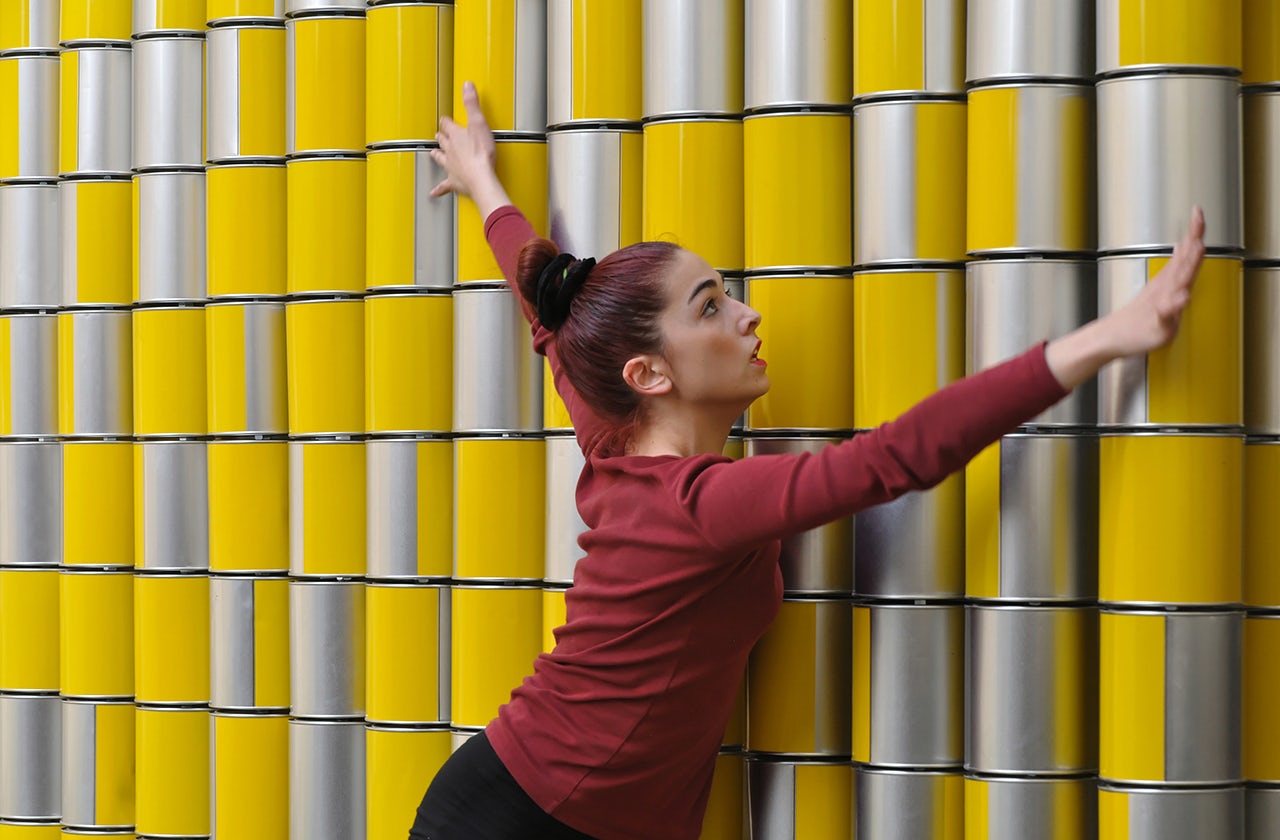
© Moradavaga
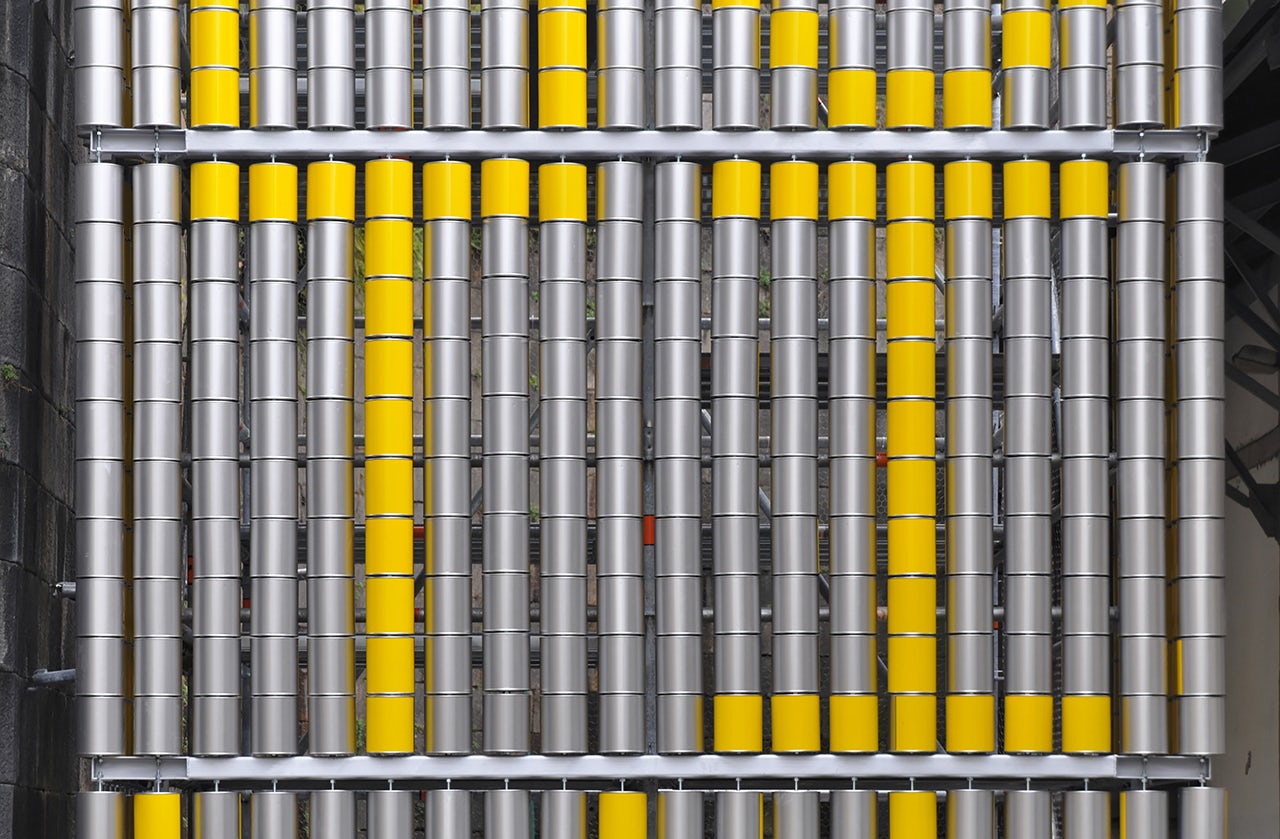
© Moradavaga
Vira-Lata by Moradavaga, Porto, Portugal
Vira-Lata draws from the analog information screens found in many bus stations to create an interactive façade. Using a binary system, stacked tin cans are painted bright yellow on one side, allowing visitors to turn and arrange them as they walk up the interior stairs.

© LIKEarchitects
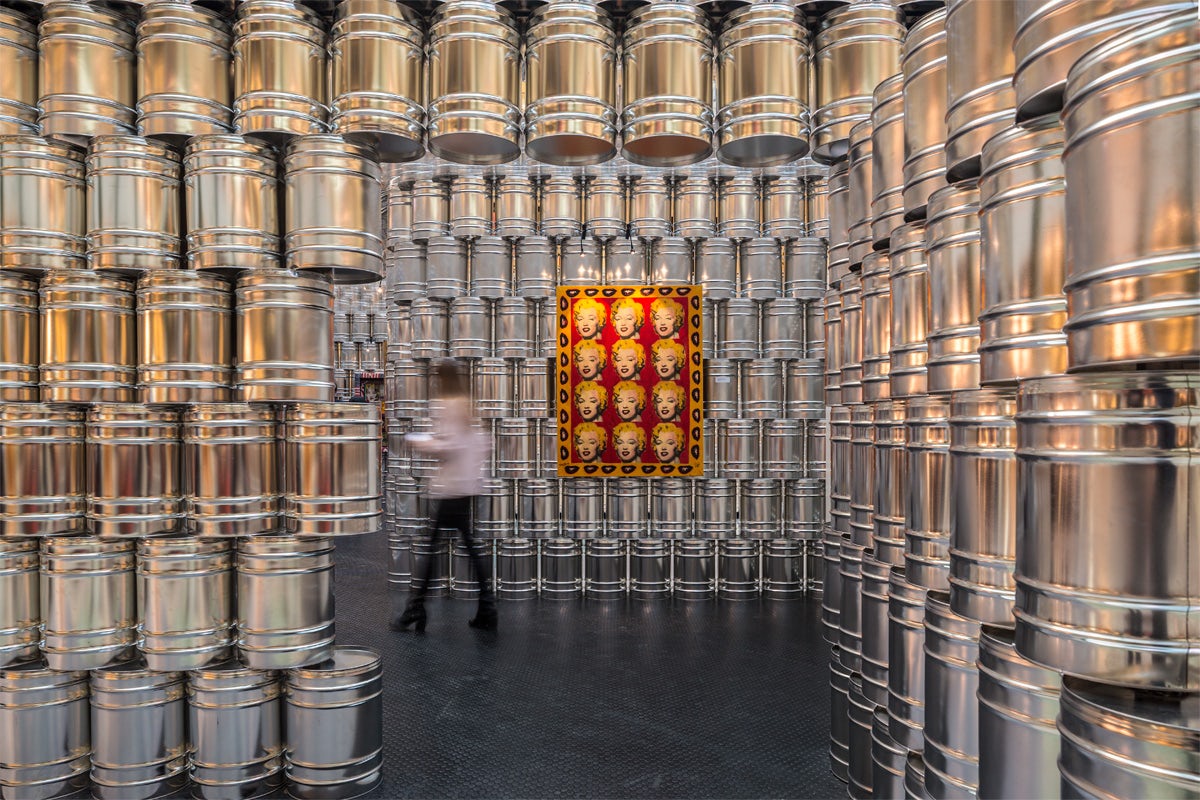
© LIKEarchitects

© LIKEarchitects
The Andy Warhol Temporary Museumby LIKEarchitects, Lisbon, Portugal
Andy Warhol’s work is provocative, asking the viewer to question assumptions about art and identity. In a similar way, The Andy Warhol Temporary Museum questions assumptions about traditional gallery spaces. It is temporary, constructed with huge metal paint cans, and in the middle of a mall in Lisbon.
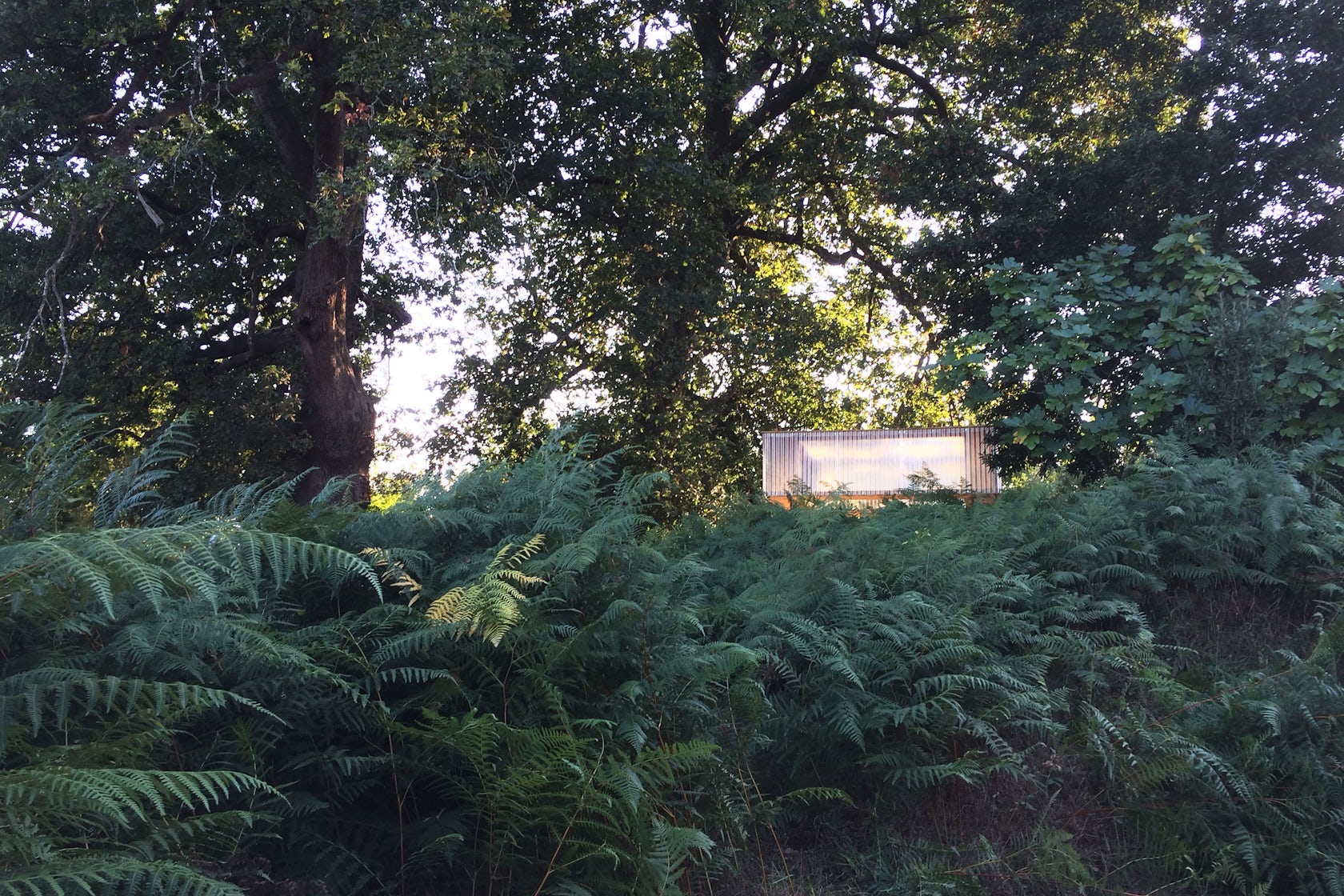
© Nuno Pimenta

© Nuno Pimenta

© Nuno Pimenta
Hangover by Nuno Pimenta, Penafiel, Portugal
This work was constructed as a temporary, low-budget bar and music venue, built in an old abandoned homestead over an old stone water tank. Proposed as “an intergalactic encounter to celebrate music, architecture and nature,” light dances across the corrugated fiberglass panels of Hangover.

© FAHR 021.3
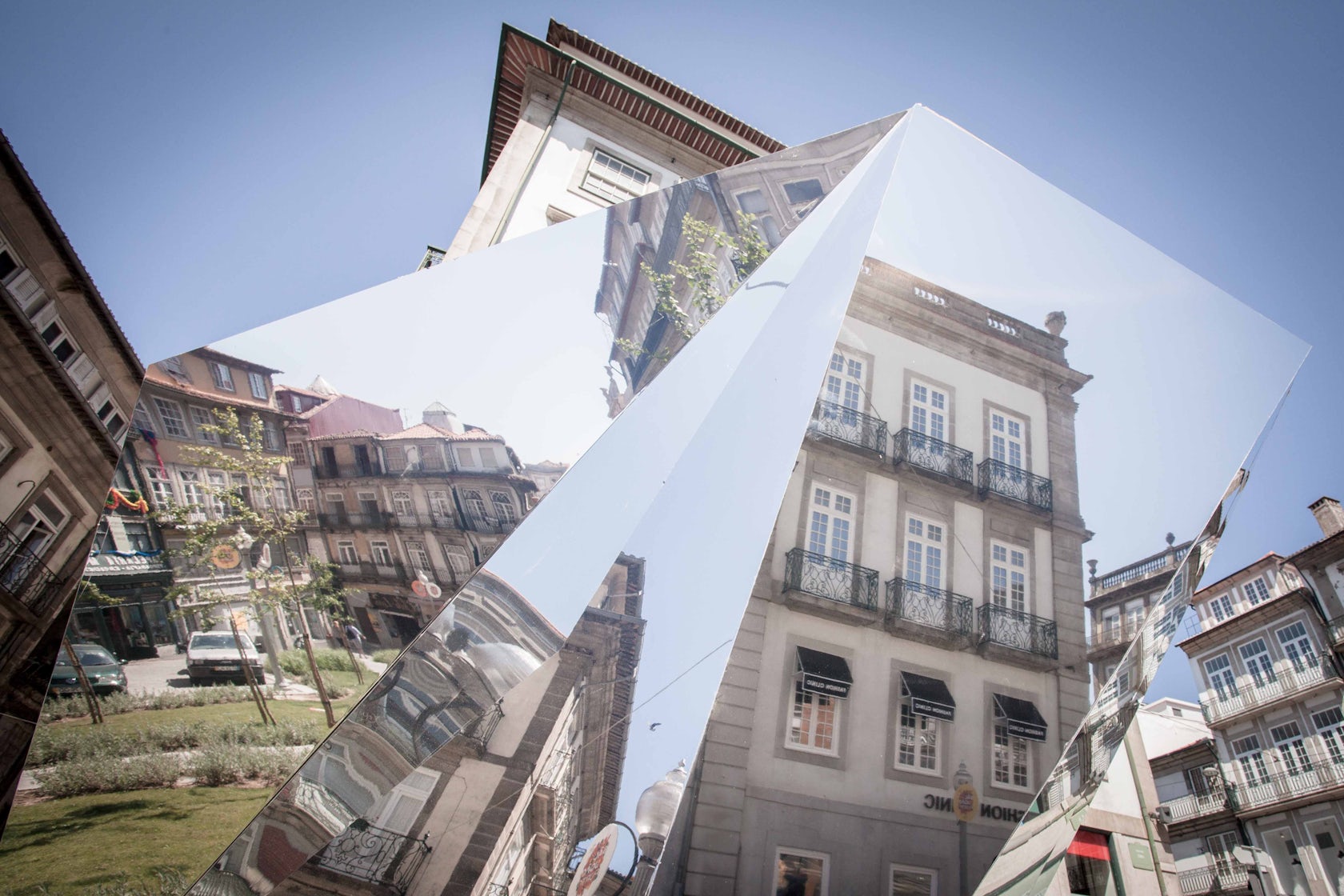
© FAHR 021.3
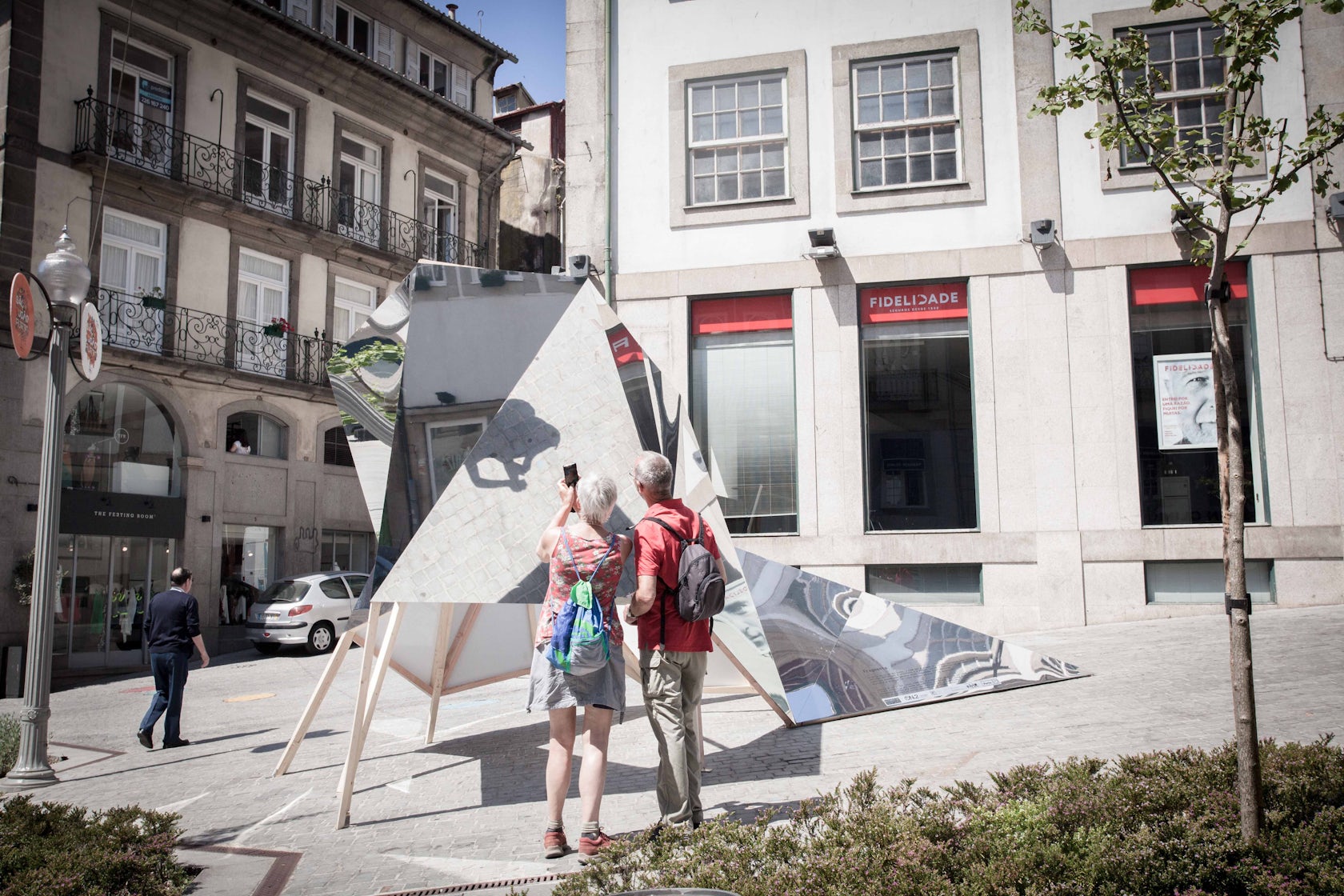
© FAHR 021.3
Fragments by FAHR 021.3, Porto, Portugal
Fragments is another work by FAHR 021.3 that uses reflective surfaces to explore interaction and space-creation. Constructed with aluminum panels and wood, Fragments’ ability to mutate public space activates multiple views of the city, destabilizing the viewer. The buildings and people passing by dart across the mirrored surfaces in a ludic public performance.

© FAHR 021.3
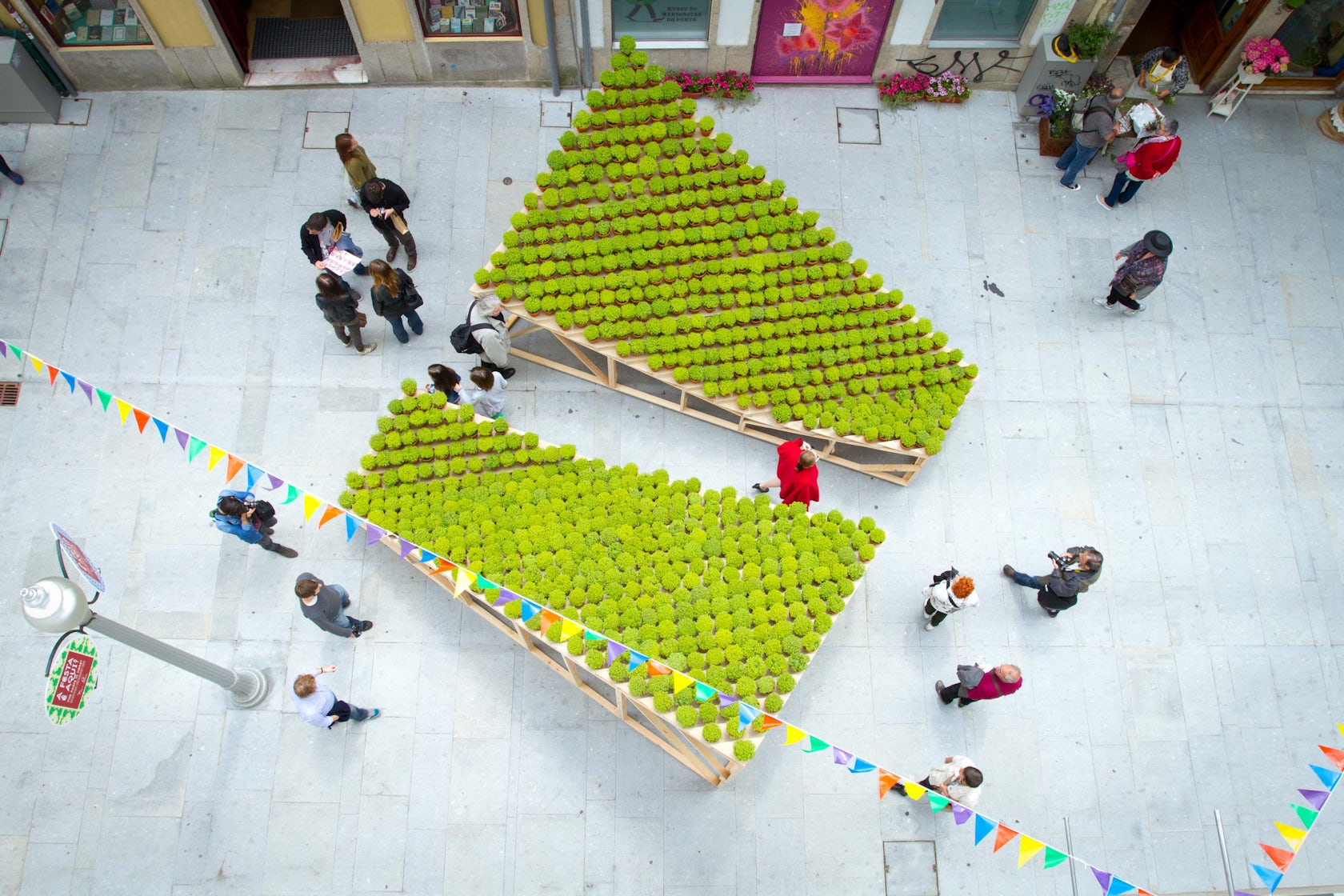
© FAHR 021.3
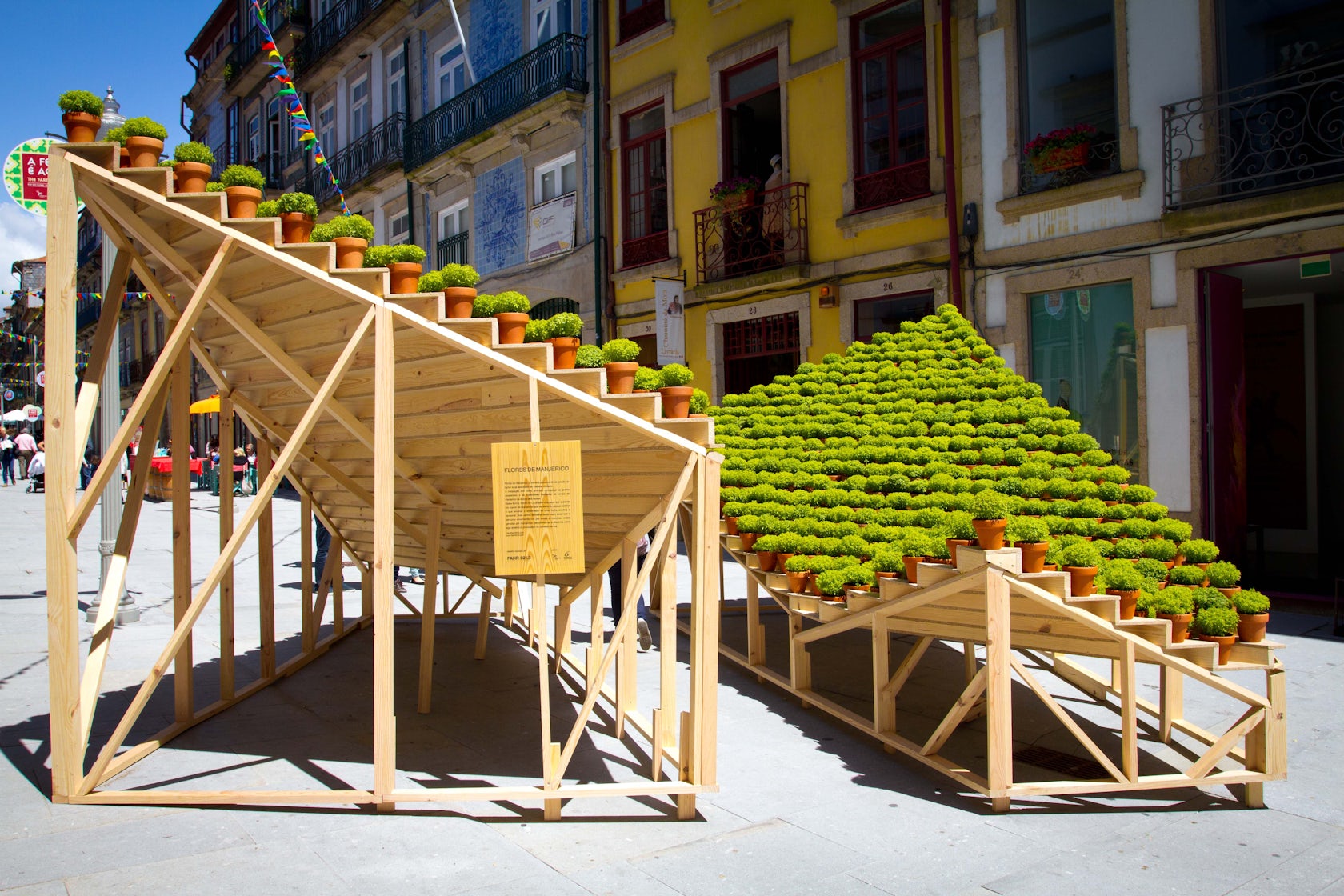
© FAHR 021.3
Flores de Manjerico by FAHR 021.3, Porto Portugal
Flores de Manjerico cheerfully plays with visitors by enveloping them in the sights and scents of fresh basil. Inspired by both hanging gardens and traditional herb-seller stands, Flores de Manjerico takes the simple basil plant and elevates it to occupy and invigorate the public space, inviting engagement with this frondescent feast.









